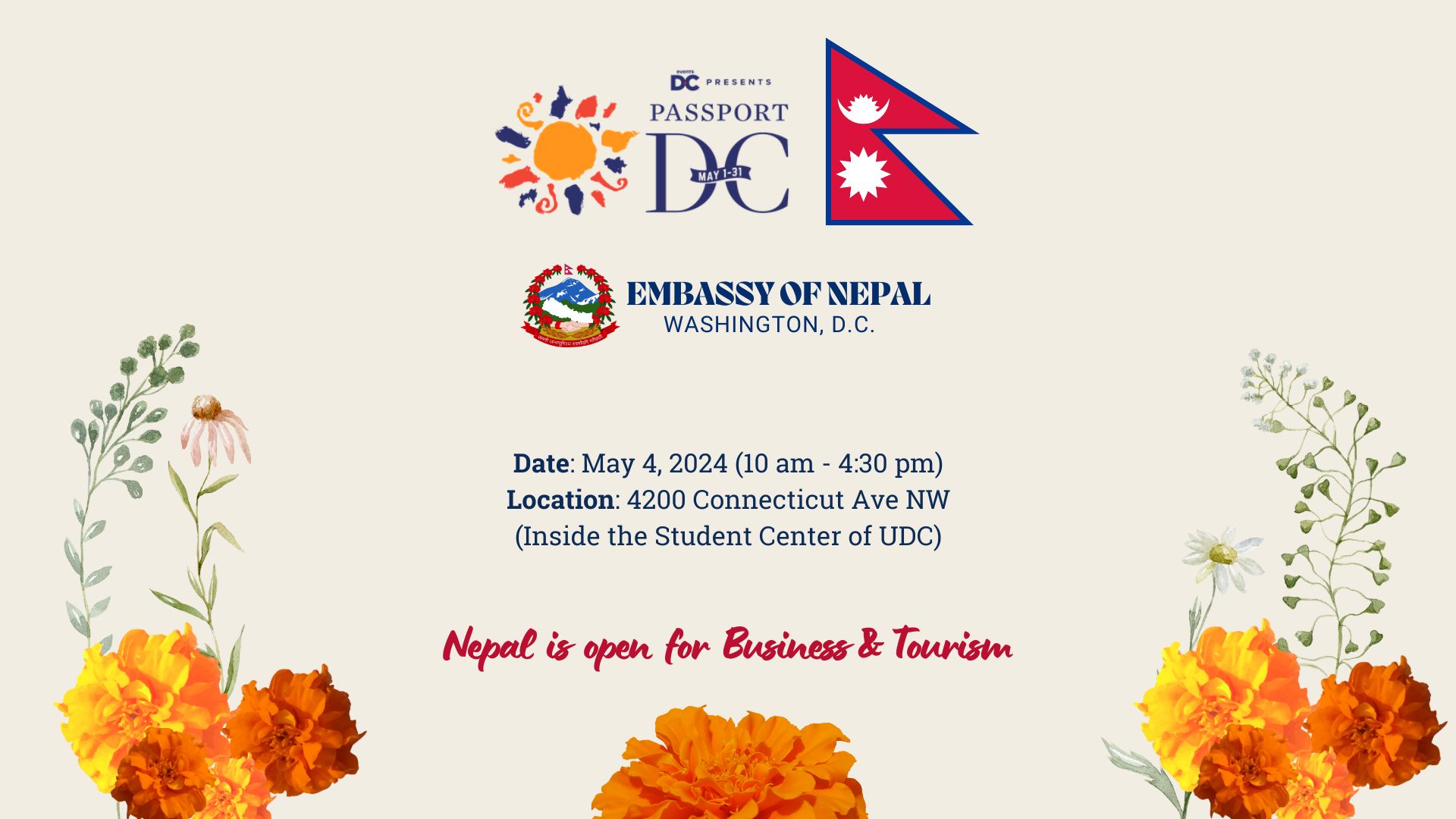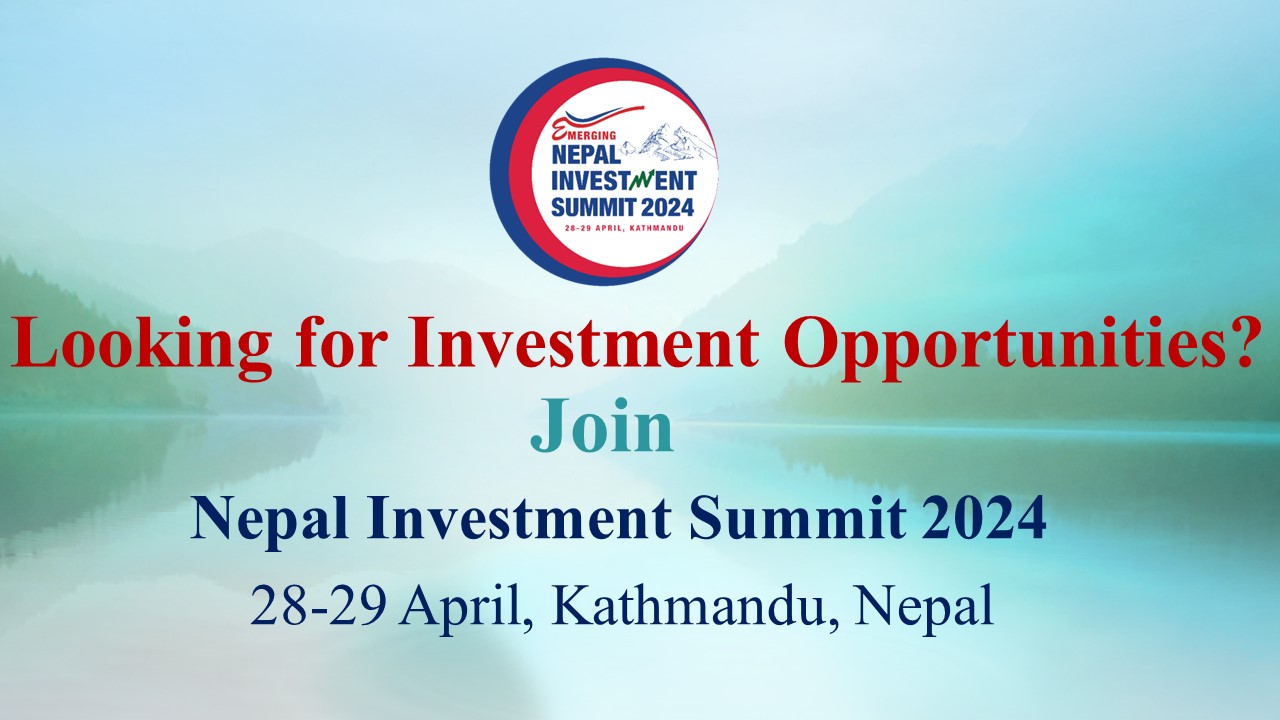Nepal US Relations
Diplomatic Relations
Nepal and the United States of America (USA) established diplomatic relations on April 25, 1947. The US is the second country, only after the UK, with which Nepal established diplomatic relations. Nepal opened up its Embassy in Washington D.C. on February 03, 1958. On August 06, 1959, American Embassy in Kathmandu was opened.
Exchange of Visits
From USA to Nepal
High level visits have served to further strengthen the bilateral relations between Nepal and the United States of America. Prominent visits to Nepal from the US include the visits of US First Lady Hillary Clinton in 1995; Assistant Secretary of State Christina Rocca in 2001, 2002, 2003 and 2005; Secretary of State Colin Powell in January 2002; Richard Boucher, Assistant Secretary of State in May 2006, November 2006 and February 2009; Under Secretary of State Henrietta Fore in March 2007; Assistant Secretary of State for South and Central Asian Affairs Mr. Robert O. Blake on June 12-13, 2009 and on 11 September 2012; Under Secretary of State for Political Affairs Wendy R. Sherman on April 4, 2012; and Under Secretary of State for Civilian Security, Democracy, and Human Rights María Otero from November 17 to 19, 2012 and on February 12 to 14, 2012.
Similarly, former US President and a Nobel laureate Jimmy Carter paid a visit to Nepal from 13-16 June 2007 in the capacity of Founder of the Carter Center. He repeated his visits on November 20-24, 2007 and April 6-14, 2008.
Admiral Harry B. Harris, Commander of the United States Pacific Command, visited Kathmandu, Nepal to attend the UN Peacekeeping exercise Shanti Prayas in March 2017.
From Nepal to USA
Prime Minister K P Sharma Oli visited the US to attend the 73rd session of the UN General Assembly in September 2018. The then Prime Minister Sher Bahadur Deuba visited the USA from May 6 to 11, 2002.
The visits from Nepal to the US at the level of Head of State include the visit of late King Birendra and late Queen Aishwarya in December 1983 and Late King Mahendra in November 1967 and April 1960.
Minister for Foreign Affairs Hon. Mr. Pradeep Kumar Gyawali visited the US on 18-20 December 2018 and held a bilateral official meeting with Secretary of State H.E. Mr. Michael Pompeo. Late Mrs. Sahana Pradhan visited the US in the capacity of Minister for Foreign Affairs in September 2007. Deputy Prime Minister and Minister for Foreign Affairs Mr. K.P. Sharma Oli met with the Secretary of State Dr. Condoleezza Rice in September 2006.
Chief of the Army Staff General Rajendra Chhetri participated in “Global Chiefs of Defense Conference on Countering-Violent Extremist Organization in 2017.
Trade
The US is one of the important trading partners of Nepal. It is also one of the major sources of foreign currency for Nepal primarily from the export of garments and carpets as well as from tourist incomes. After the end of the quota system under Multi-fibre Agreement (MFA) in 2004 the export of Nepali readymade garments to the United States of America has declined significantly.
Following is the position of trade balance with the US, which shows a trade deficit most of the time until 2019, except in the fiscal year 2016/17.
Value in Rs. ‘000
| Fiscal Year | Export | Import | Balance |
| 2019/20 | 9444366 | 23547649 | -14103283 |
| 2018/19 | 10848862 | 13428381 | -2579519 |
| 2017/18 | 9162539 | 9894077 | -731538 |
| 2016/17 | 9208090 | 8464809 | 743281 |
| 2015/16 | 7467108 | 8590118 | -1123010 |
| 2014/15 | 7267548 | 7845281 | -577733 |
(Source: Department of Customs, Nepal)
Trade Preferences for Nepal: Trade Facilitation and Trade Enforcement Act 2015 (H.R.1907)
The Trade Preferences Program came into effect on December 15, 2016 following the introduction of the US Trade Facilitation and Trade Enforcement Act of 2015 (H.R.1907). The Act was introduced to support Nepal’s economic recovery in the aftermath of devastating 2015 earthquakes.
Under this program, initially 66 items, and later on 77 Nepali products (https://us.nepalembassy.gov.np/eligible-77-items-for-duty-free-through-31-dec-2025/) are granted duty-free entry into the US till December 31, 2025. This means goods like carpets and rugs, shawls, scarves, luggage articles, handbags, pocket goods, such as wallets, travel bags and other containers, headbands, blankets, hats and gloves, which previously used to be subject to tariffs ranging from 5 percent to over 20 percent can now enter the US market at zero tariff with quota free. However, such goods must be grown, produced, or manufactured in Nepal, with the cost of the Nepali materials plus the cost of processing at least 35 percent of the product’s sales price.
For more information, below are some useful website links of trade-related institutions in both countries:
Nepal
Ministry of Industry, Commerce and Supplies: https://moics.gov.np/en/
Trade and Export Promotion Centre: https://www.tepc.gov.np/
Confederation of Nepalese Industries: http://cnind.org/
Federation of Nepalese Chambers of Commerce and Industry [FNCCI]: https://www.fncci.org/
Export Council of Nepal: http://www.nepalexport.org.np
United States
https://ustr.gov/countries-regions/south-central-asia/nepal
Investment
The US is among the largest investors in Nepal. As of 15 July 2020, Rs. 13.4 billion FDI has been received from the US, which is invested in 418 different companies and they have generated 18,848 jobs.
https://ibn.gov.np/
Tourism
The numbers of tourist arrival from the US to Nepal in the past years are as follows:
| Year | Number of Tourist | Annual Growth |
| 2019 | 91895 | 16.11 |
| 2018 | 79146 | 47.54 |
| 2017 | 53645 | 25.67 |
| 2016 | 42687 | -14.33 |
| 2015 | 49830 | 5.23 |
| 2014 | 47355 | -3.33 |
| 2013 | 48985 | 16.71 |
| 2012 | 41971 | 15.23 |
| 2011 | 36425 | 13.68 |
| 2010 | 32043 | 6.54 |
https://www.tourismdepartment.gov.np/
Development Cooperation
The USA is one of the first countries to extend development cooperation to Nepal. Nepal-US cooperation in this regard dates back to 1951 when the US supported Nepal with its Point Four Program. Various sectors such as transport, communication, public health, family planning, malaria eradication, agriculture, forestry, energy etc have come to benefit from the development assistance spanning more than 5 decades. The US cooperation has equally been instrumental in the fields of human resource development and institution building.
Military
There have been regular exchanges of visits and sharing of expertise and experiences between the armies of the two countries in the area of training, disaster management, logistics management, counter terrorism, interoperability and so on.
Millennium Challenge Corporation
Nepal joined MCC in 2010 when it was considered eligible for its “Threshold Program”. The MCC Compact Agreement (worth 630 million USD, with US funding 500 Million USD and Government of Nepal 130 Million USD) was signed between Nepal and USA on 14th September 2017. The Agreement aims to enhance Nepal’s energy connectivity and minimize transportation cost for economic growth and prosperity through construction of about 300 km of electricity transmission lines and support for maintenance of 300 km of roads within 5 years of the project’s period. Ratification of the Agreement at the Parliament of Nepal is awaited before the project could be implemented.
https://mof.gov.np/en/division/international-economic-cooperation-coordination-division-36.html
https://www.mcc.gov/where-we-work/program/nepal-compact
Education and people to people contacts
Education
The number of Nepali students studying in the US ranks among the top twelve sources of overseas students in 2018. The number of Americans studying in Nepal has also increased over the years.
Peace Corps
Peace Corps began in Nepal in 1962 and over 3,800 volunteers have served in Nepal since. The Peace Corps Nepal, which temporarily suspended its operations and activities from 2004, reopened in 2012. The volunteers work in rural areas in various sectors including teaching in schools.


